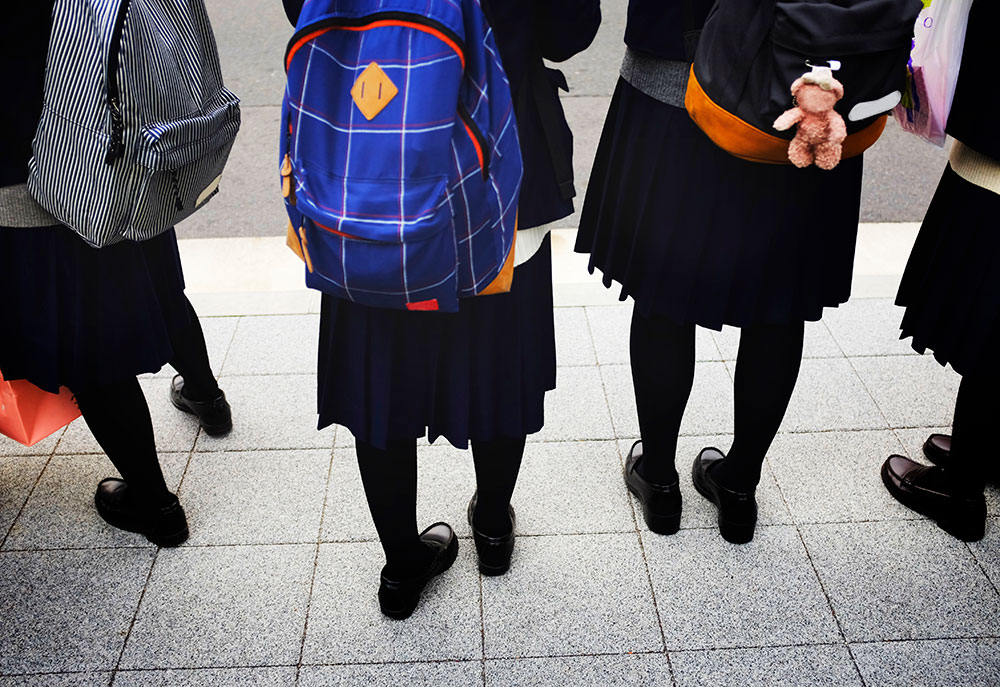
Following the publication of ‘Dressing Girls to Fail,’ a report by campaign group Let Clothes Be Clothes, the Schoolwear Association (SA) is working to prepare guidance for schools and retailers regarding gender equality in school uniform.
Let Clothes Be Clothes is a grassroots campaign set up in 2014. It challenges gender stereotyping in the design and marketing of children’s clothing and promotes choice and better school uniform policies.
The report looked at 40 state-funded schools in the UK, six primary and 34 secondary. Key findings include over 70% of schools having uniform policies for girls that were either:
- Significantly more expensive than boys’ uniform
- More expensive due to less generic, ‘bought anywhere’ items
- Use the term “modesty” in girls’ policies only
- Have much more specific and complex rules around dress codes for girls
- Did not permit girls to wear trousers
Other notable points include girls’ trousers not having pockets; skirts being far less practical, particularly when travelling to and from and around school; and the blazer, tie and shirt being based on a masculine dress code. Also, having separate boys’ and girls’ items makes it harder to recycle/share amongst families or pass garments down.
“At present, research shows that rather than consistently challenging gender stereotypes, in some schools, these are unthinkingly exacerbated,” says Professor Becky Francis, UCL Institute of Education.
SA survey
Using key points highlighted in the report, the SA survey examines factors such as how schoolwear retailers currently distinguish different aspects of school uniform on their website; how they display it in-store; the difference in price between girls’ and boys’ uniforms; how compulsory items vary between boys’ and girls’ uniforms; what is available for boys and girls in terms of PE Kit; and whether schoolwear retailers have a procedure in place for dealing with trans children.
Schoolwear retailers can complete the SA survey here.
For further information on the Let Clothes Be Clothes campaign, please click here. Alternatively, to discuss the topic further, please contact caeryn@impressionsuniform.co.uk or letclothesbeclothes@gmail.com. To visit the Schoolwear Association website, please click here.











